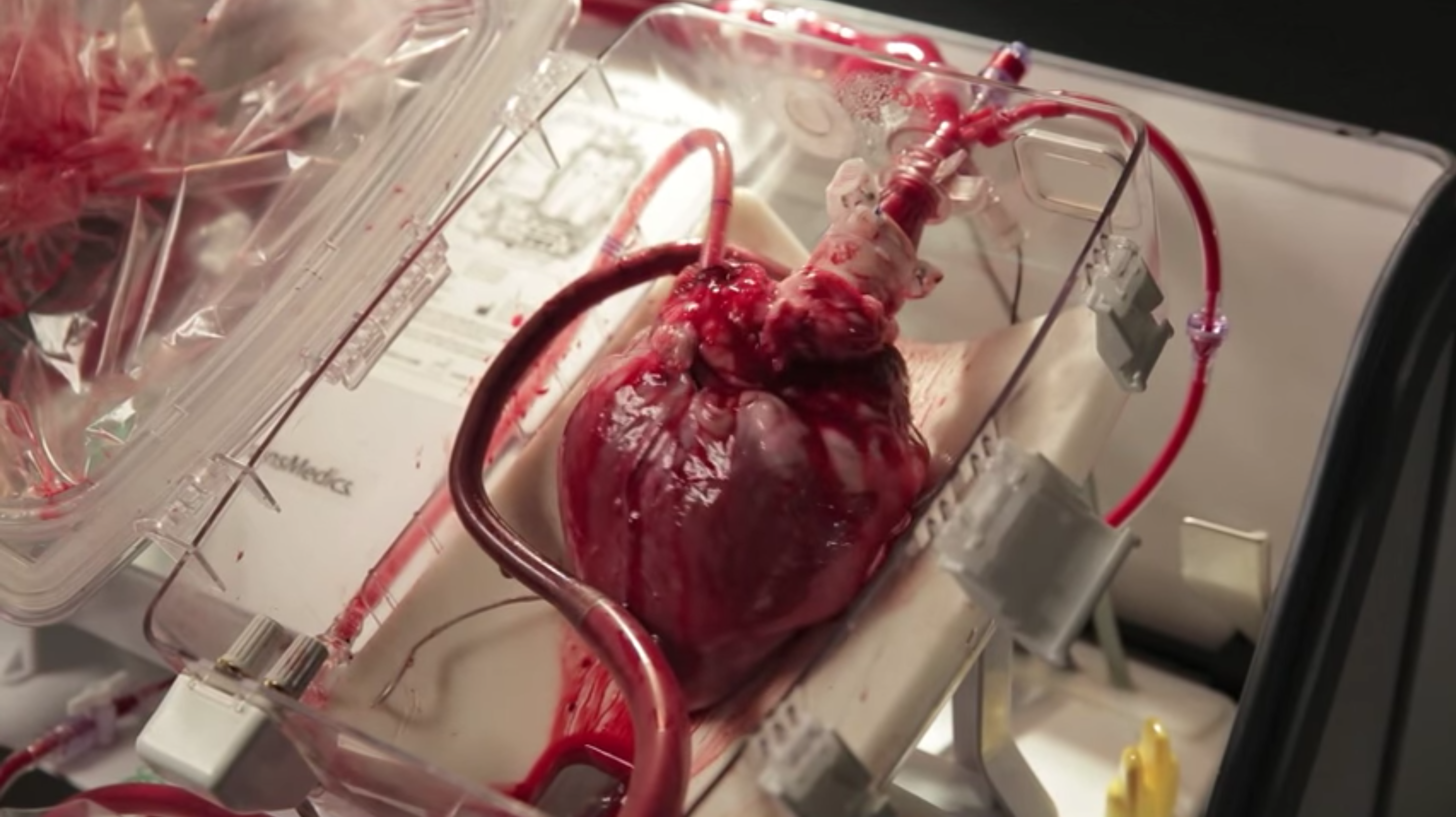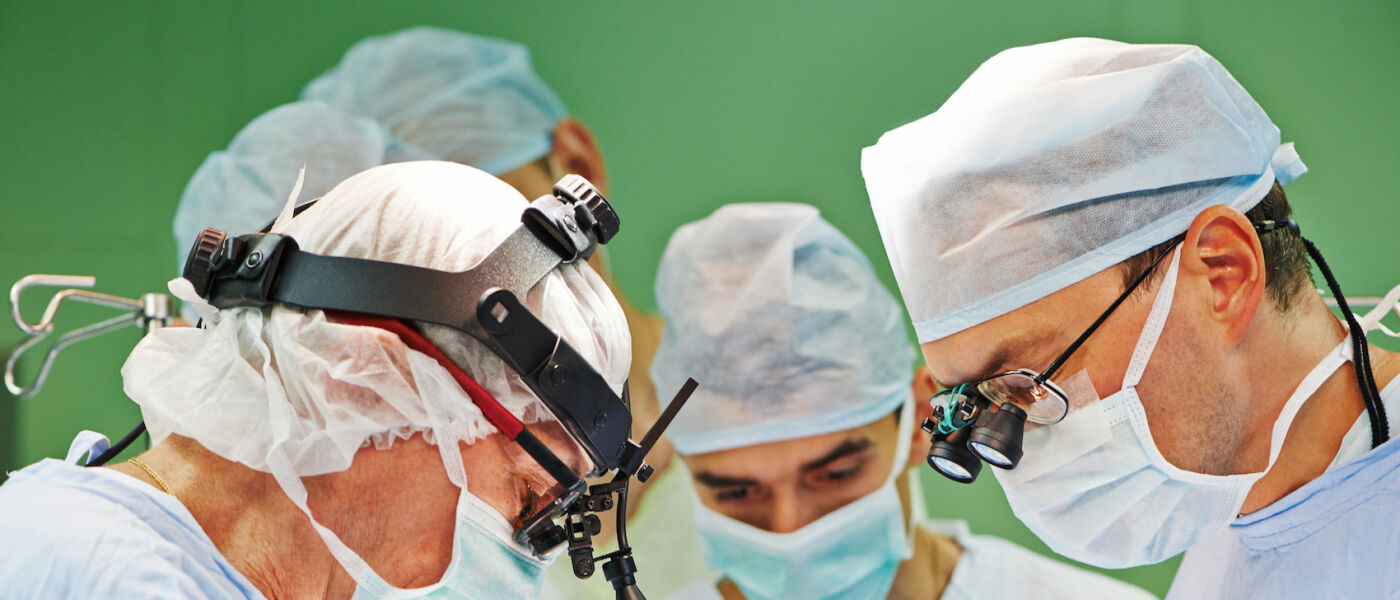Doctors may have a revolutionary new way of doing organ transplants
Have you ever experienced Liberty Science Center’s Live From Surgery program? One of our most remarkable offerings at LSC, the program allows students to witness a live, real surgery via a huge teleconferencing screen.
Some of the surgeries students can witness include neurosurgery, orthopedic surgery and robotic surgery – but perhaps the most impressive is organ transplants.
Unfortunately, organ shortages have long been a problem for patients in need of surgery. We have all seen a movie or TV show where organs are taken out of a cooler and raced into the operating room. Keeping a heart or lungs or liver or kidneys “on ice” has been a longtime practice in lifesaving medicine.
But what if organs didn’t need to be put on ice? What if, outside the body, they kept right on beating?
Earlier this year, a 71-year-old biology professor from Rhode Island named Lloyd Matsumoto successfully awoke from a liver transplant that didn’t involve ice at all. According to The Washington Post, the liver was “kept alive in a device that maintains its temperature, perfuses it with oxygenated blood and monitors its critical activity.” The device, called the Portable Organ Care System, was developed by Massachusetts company TransMedics.
Why go warm instead of cold? The theory suggests that this way, the organs maintain their natural processes rather than being slowed down in a cooler. This could potentially lead to a quicker return to service once the organ is in the patient’s body, and could even create more usable organs for the thousands of people that need them.

“We can keep a donor heart out of the body longer than we would do with any cold storage method,” surgeon Martin Strueber explained to The Washington Post. “The heart is not just sitting in a box. It is sitting in a system and is perfused with warm blood.”
However, there are limitations. Adopting the procedure would be extremely costly, and would call for surgeons to ethically have a standard amount of time that the donor has been deceased before harvesting the organs.
With approximately 22 people dying each day waiting for organs, it might be worth giving this new method a try in the continual race against time for transplants.
